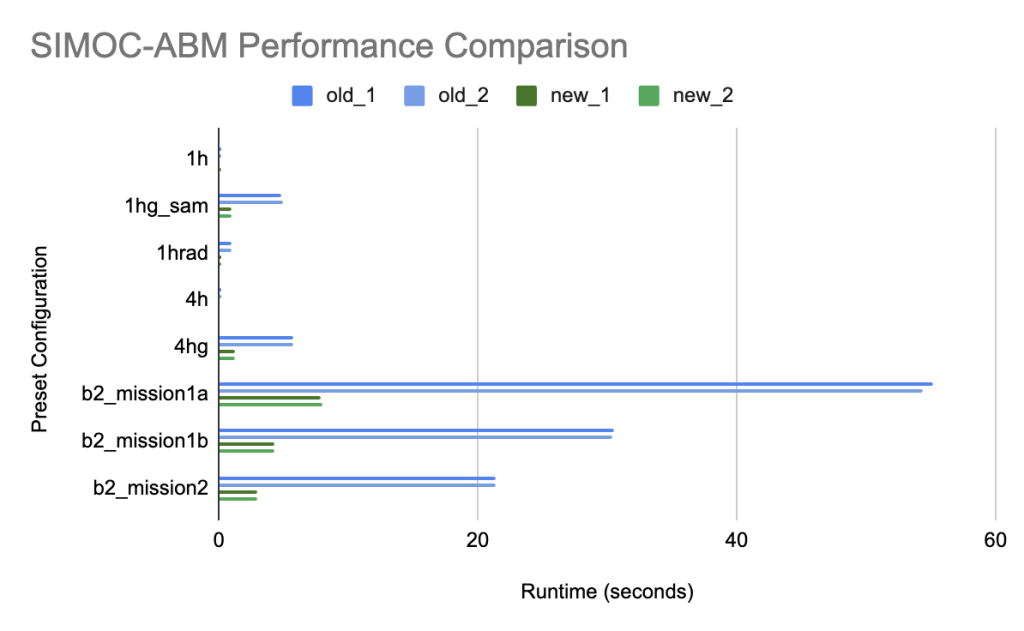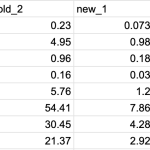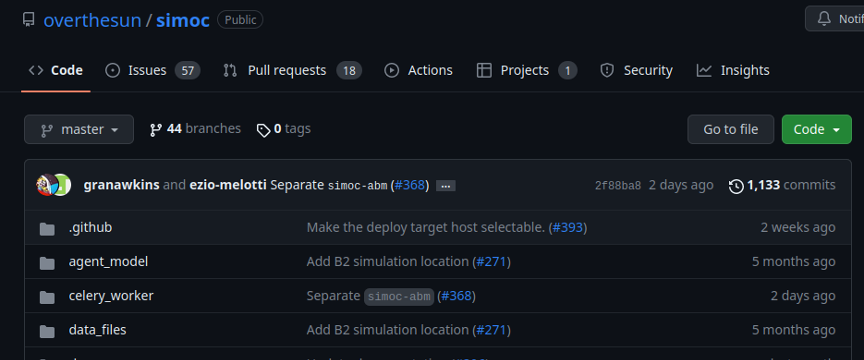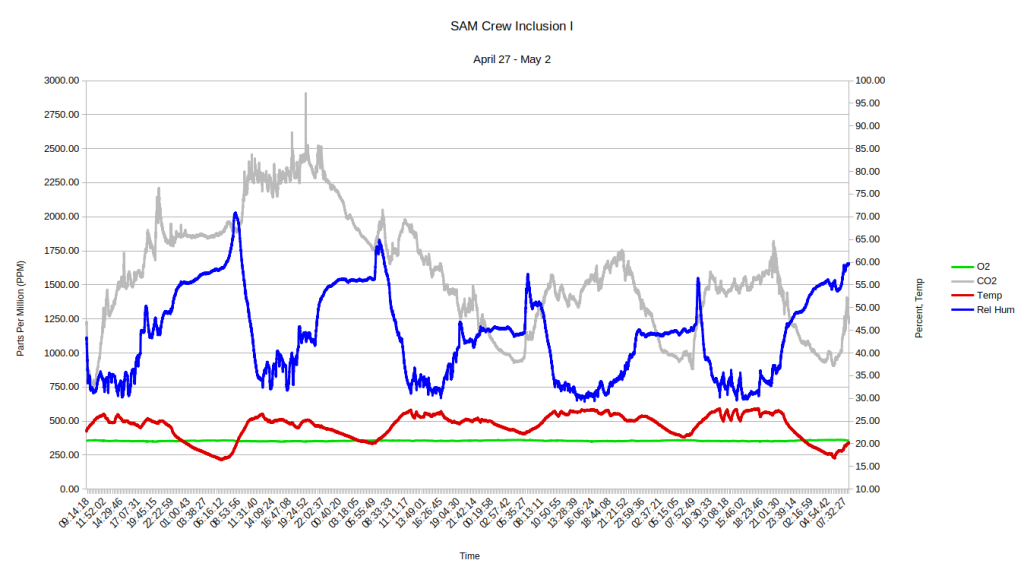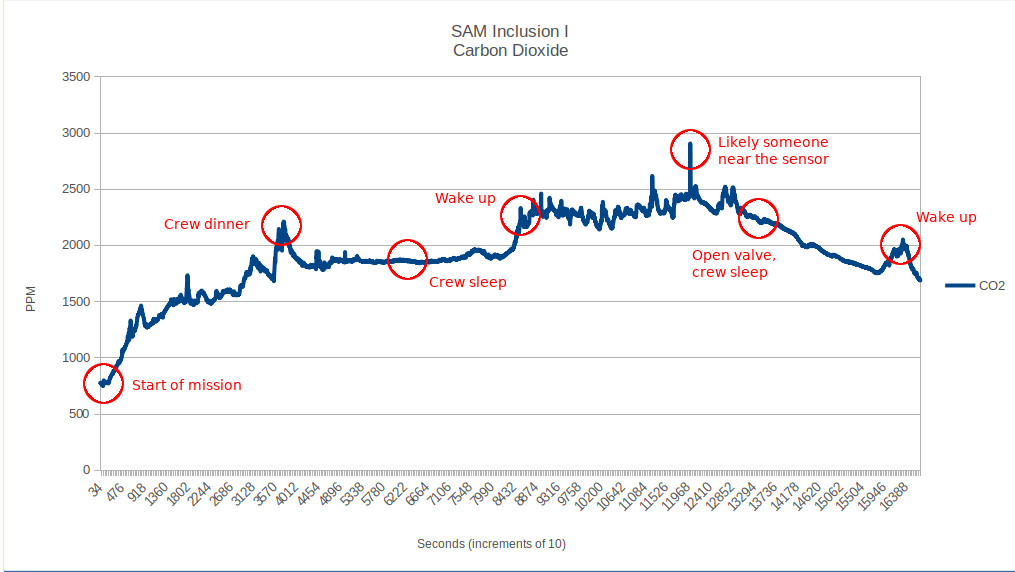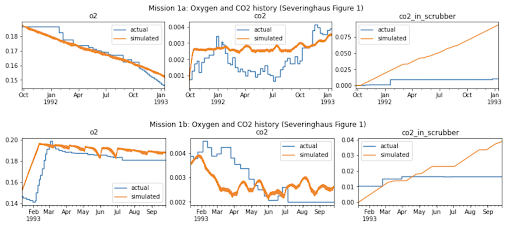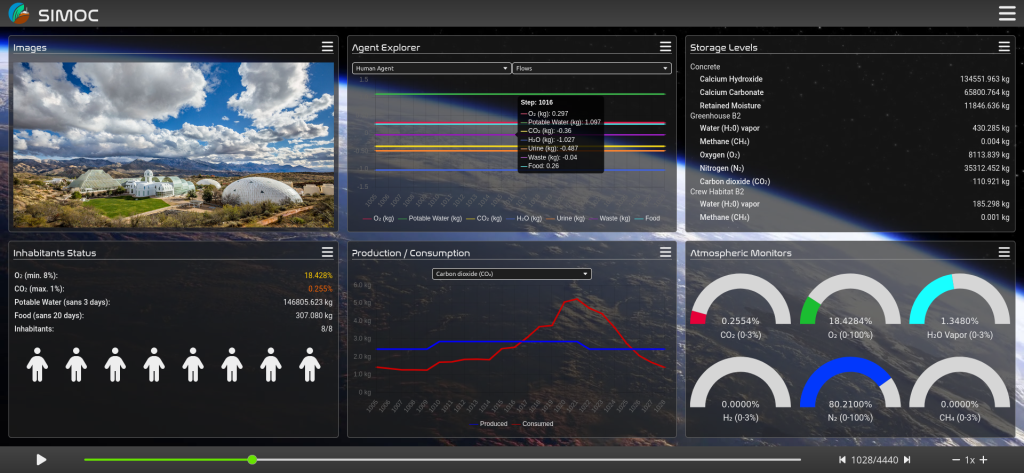Interview for Biosphere 2 Podcast
Space Analog for the Moon and Mars
by Aaron Bugaj
In this episode we are joined by Kai Staats. Kai is a veteran developer, designer, filmmaker, and scientist. Kai is the Director of SAM, Space Analog for the Moon and Mars, here at Biosphere 2. SAM is a hi-fidelity, hermetically sealed Mars habitat analog with greenhouse, living quarters, airlock, pressure suits, and a half acre Mars yard. Since 2021 Kai and his team have been constructing SAM, and just last month, SAM hosted it’s first two sealed missions, Inclusion 1 and Inclusion 2.
In this podcast, Kai takes us on his journey to build SAM. Breaking down the inspiration for SAM’s creation, and the research goals for SAM’s future.
Listen to the full interview via Spotify or Apple Podcast


